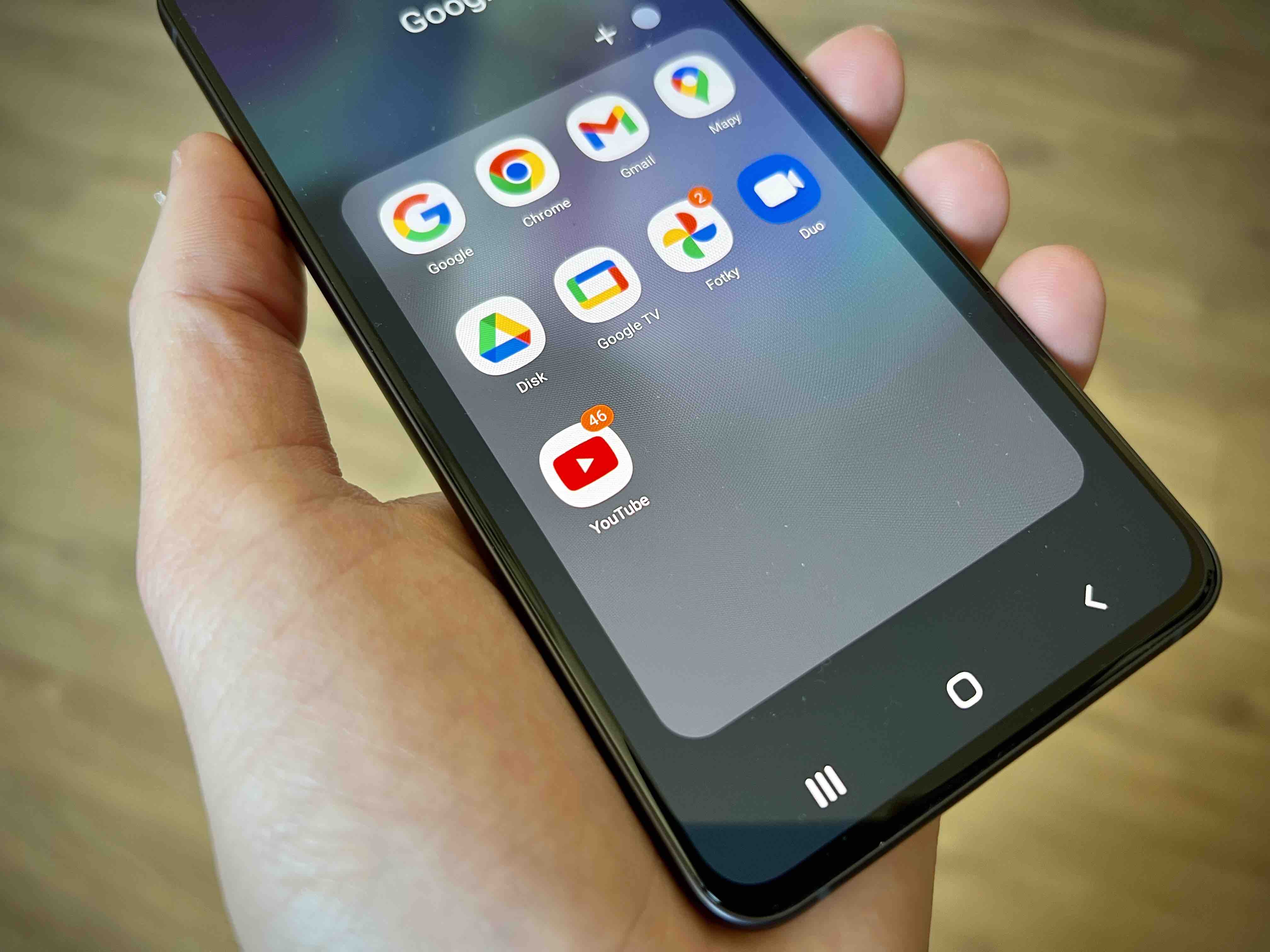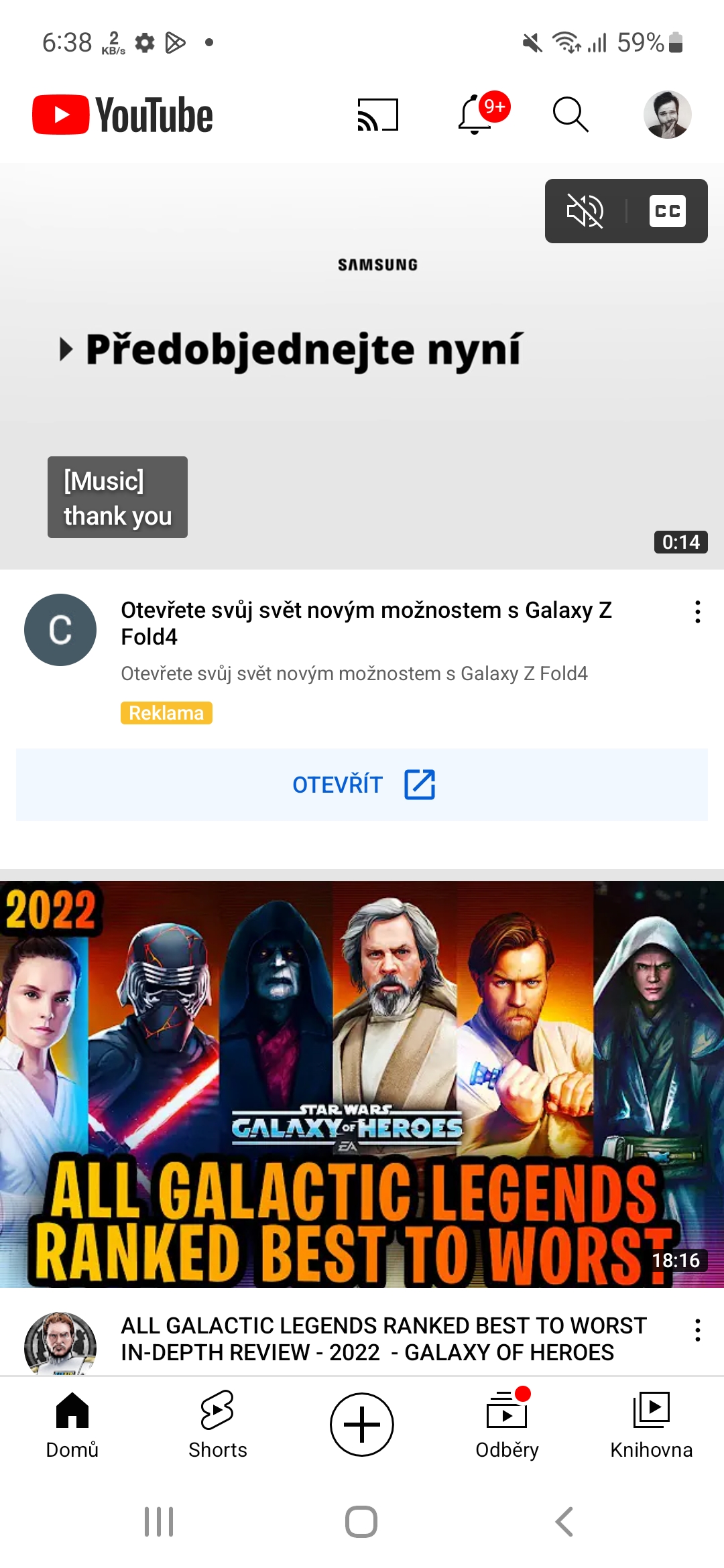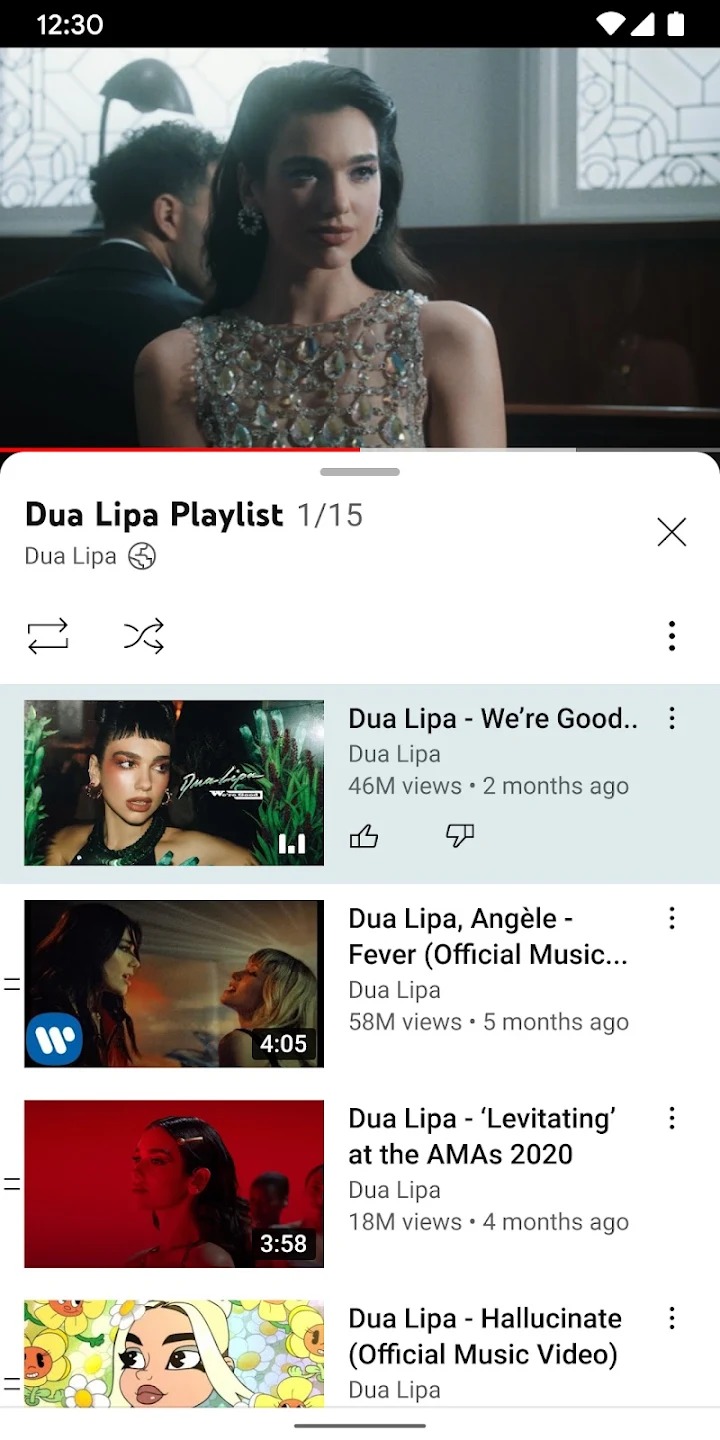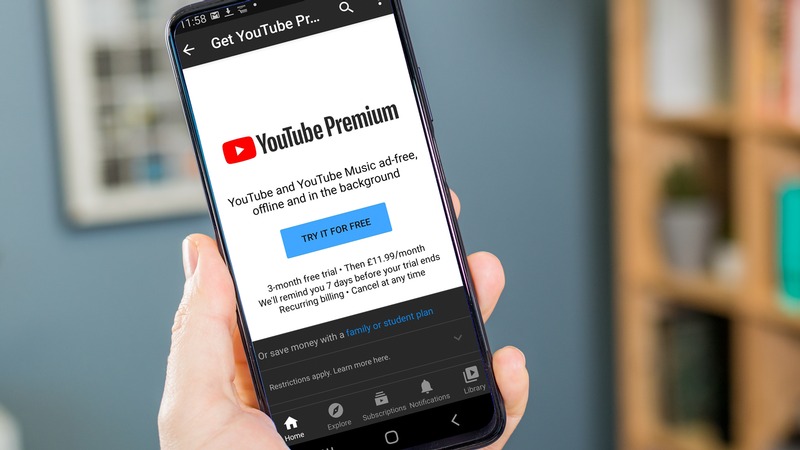Artificial intelligence has been talked about a lot lately. Now her influence also reaches YouTube. If you're a fan of video tutorials on this platform, it's worth being cautious. Cybercriminals use them to trick viewers into downloading malware.
It is especially worth avoiding videos that promise to teach you how to download free versions of paid software such as Photoshop, Premiere Pro, AutoCAD and other licensed products. The frequency of similar threats has seen an increase of up to 300%, according to the company CloudSEK, which focuses on AI cybersecurity.
You could be interested in

Threat writers use tools like Synthesia and D-ID to create AI-generated avatars. Thanks to this, they can have faces that give viewers a familiar and trustworthy impression. The YouTube videos in question are mostly based on a screen recording or contain an audio guide explaining how to download and install the cracked software.
The creators encourage you to click on the link in the video description, but instead of Photoshop, it points to infostealer malware such as Vidar, RedLine and Raccoon. So even if you accidentally click on a link in the description, it could end up downloading software that targets your passwords, informace about credit cards, bank account numbers and other confidential data.
General caution is advised, as these cybercriminals also manage to find ways to take over popular YouTube channels. In an effort to reach as many people as possible, hackers are targeting channels with 100k or more subscribers to upload their own videos. Although in most cases the uploaded video is eventually deleted and the original owners regain access within hours, it is still a significant threat.






